LM™ Periodontal Microsurgical Instruments
NEW! Instruments for Periodontal Microsurgery
This new LM periodontal microsurgical instrument selection was developed in cooperation with Dr. Axel Endruhn showcasing exceptional expertise. His innovative IETS protocol formed the essential basis of the instrument design process. The instruments offer versatility for various surgical techniques, making them a valuable tool in diverse medical procedures.
Curion is the ONLY authorized distributor of LM Dental Instruments in Canada. This product is backed by the manufacturer's warranty.


ULTIMATE DELICACY AND SHARPNESS
This new LM periodontal microsurgical instrument selection was developed in cooperation with Dr. Axel Endruhn showcasing exceptional expertise. His innovative IETS protocol formed the essential basis of the instrument design process. The instruments offer versatility for various surgical techniques, making them a valuable tool in diverse medical procedures.
LM high-quality instruments are designed to provide ease of use and efficiency, supporting medical professionals in their tasks. The LM-ErgoSense® silicone handle is crafted for exceptional ergonomics and slip prevention, ensuring comfort and safety during use. Sharp and precise instrument tip designs contribute to safety and efficiency, making these tools reliable for surgical applications.
Microsurgery and minimally invasive techniques
Microsurgery refers to procedures performed under magnification, such as a microscope or loupes, and micro-instruments.
The main differences between conventional periodontal surgery and periodontal microsurgery lie in the techniques, precision, and recovery times.
Minimally invasive techniques reduce the size of the necessary incisions, thereby decreasing healing time, associated pain, morbidity and the risk of infections and other complications.
Better healing process and patient satisfactions
|  |
Reference studies: (1) Burkhardt R, Lang N (2005) Coverage of localized gingival recessions: comparison of micro- and macrosurgical techniques. J Clin Periodontal 32(3):287-293 (2) Di Gianfilippo R, Wang I-C, Steigmann L, Velasquez D, Wang H-L, Chan H-L. Efficacy of microsurgery and comparison to macrosurgery for gingival recession treatment: a systematic review with meta-analysis. Clinical Oral Investigations (2021) 25:4269–4280
 | “Minimally invasive surgery is here to stay. Its evolution and improvements allow us to apply it more and more to new situations and fields of periodontal and peri-implant surgery. Although there are cases in which larger surgical accesses are required, having the concept of minimal invasion is crucial. It allows us to achieve results that are not only more aesthetic and with fewer risks, but also offer post-operative care to our patients with less post-operative morbidity.” Dr. Axel Endruhn |
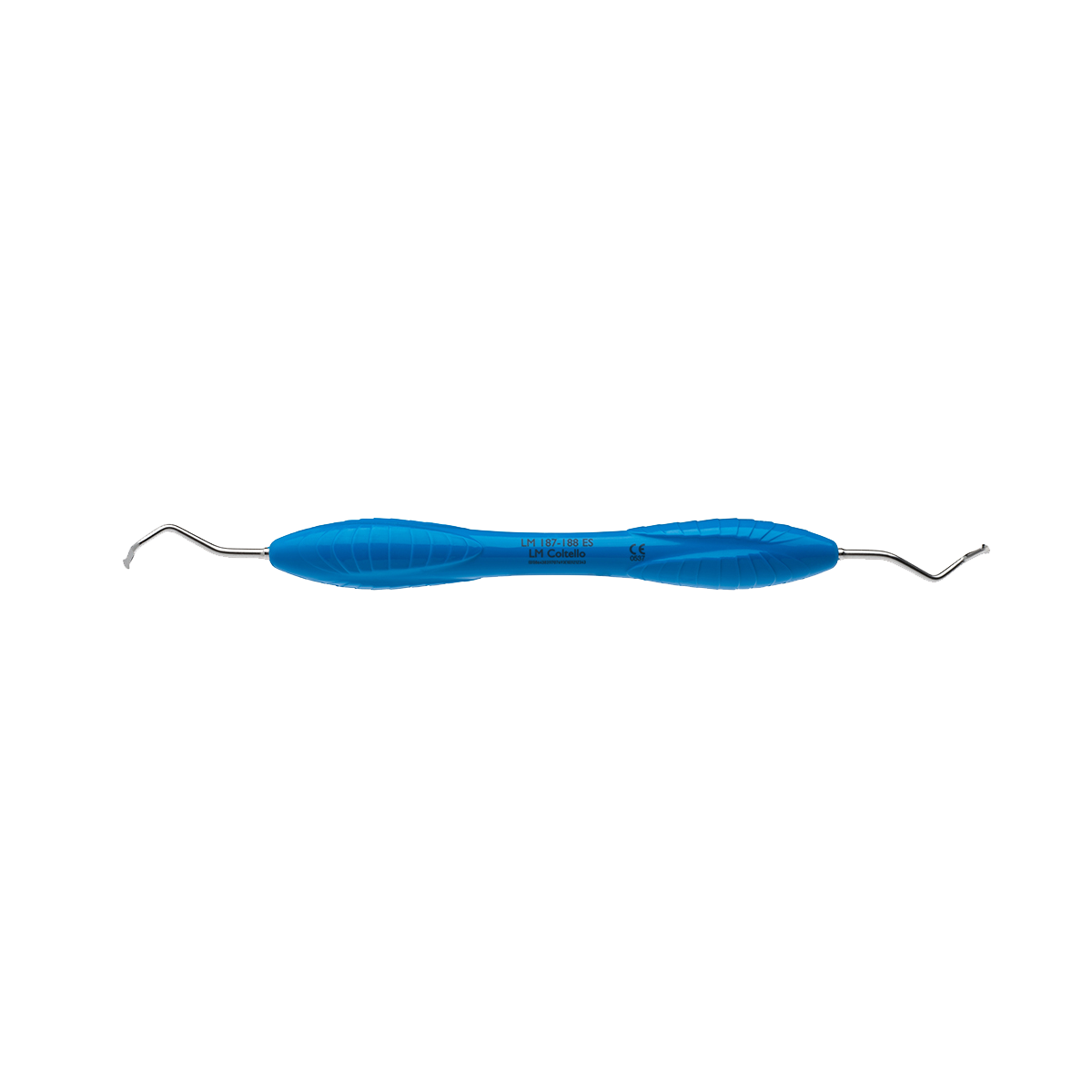 | LM Coltello is a microsurgical knife for initial incisions, elevating periosteum, and split-thickness separations.
|
 | LM Eleva is a micro-sized periosteal elevator for full-thickness (mucoperiosteal) separation.
|
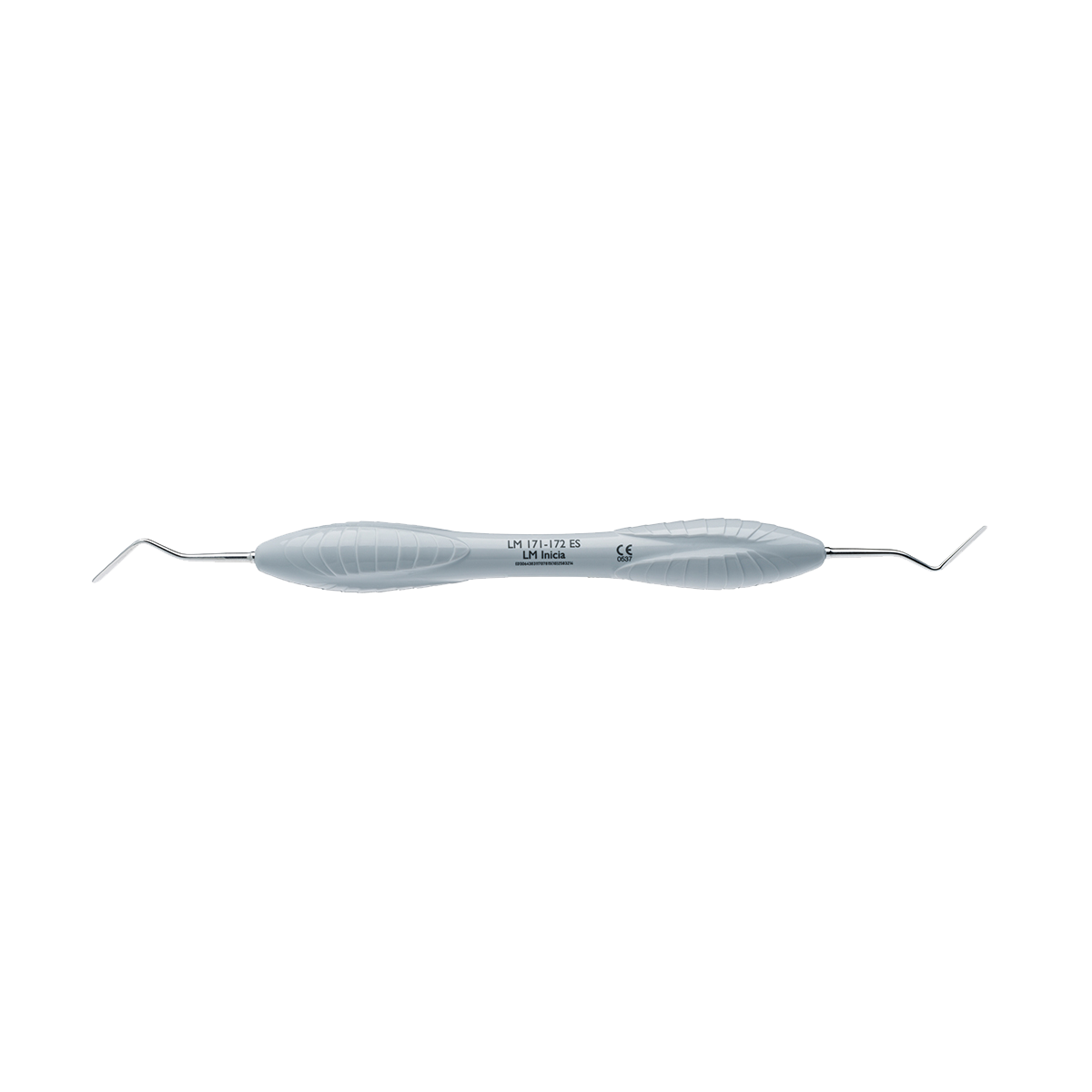 | LM Inicia is a fixed-blade microsurgical knife for intrasulcular incisions, to separate the epithelium and supracrestal gingival connective fibers.
|
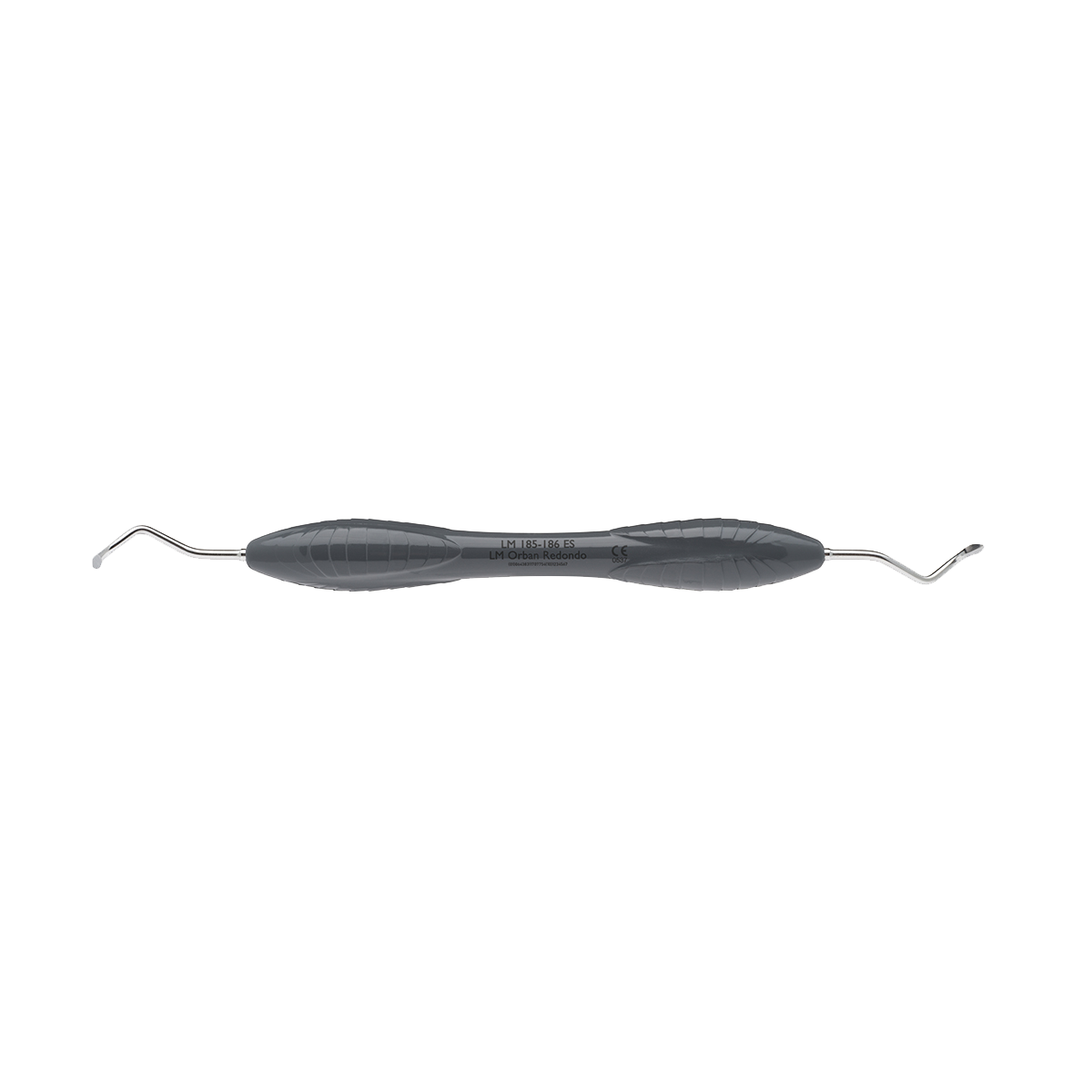 | LM Orban Redondo is a modified design of the Orban knife for intracrevicular incisions and split-thickness separations.
|
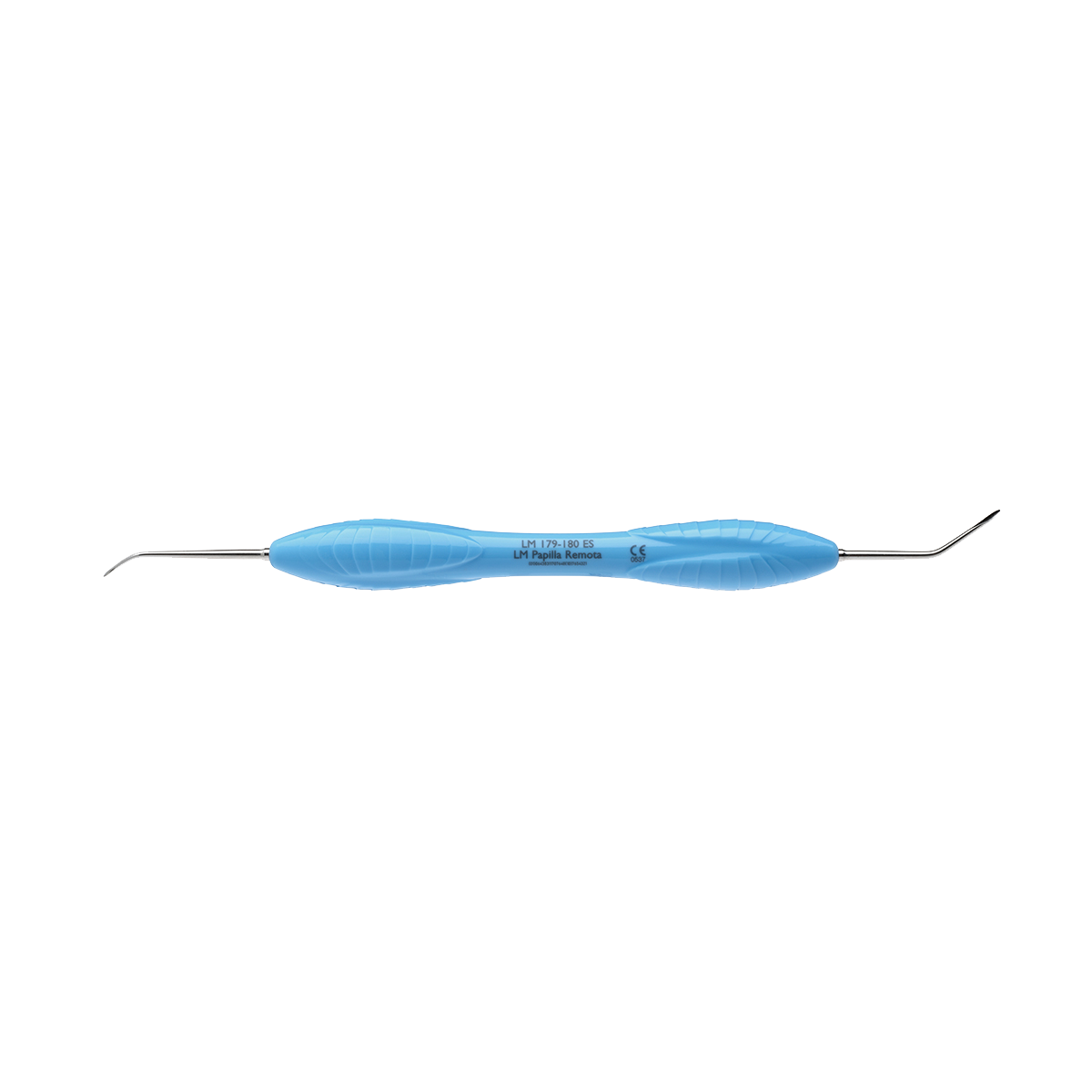 | LM Papilla Remota is a periosteal and micro papilla elevator for elevating interdental papilla, and for remote vertical incisions.
|
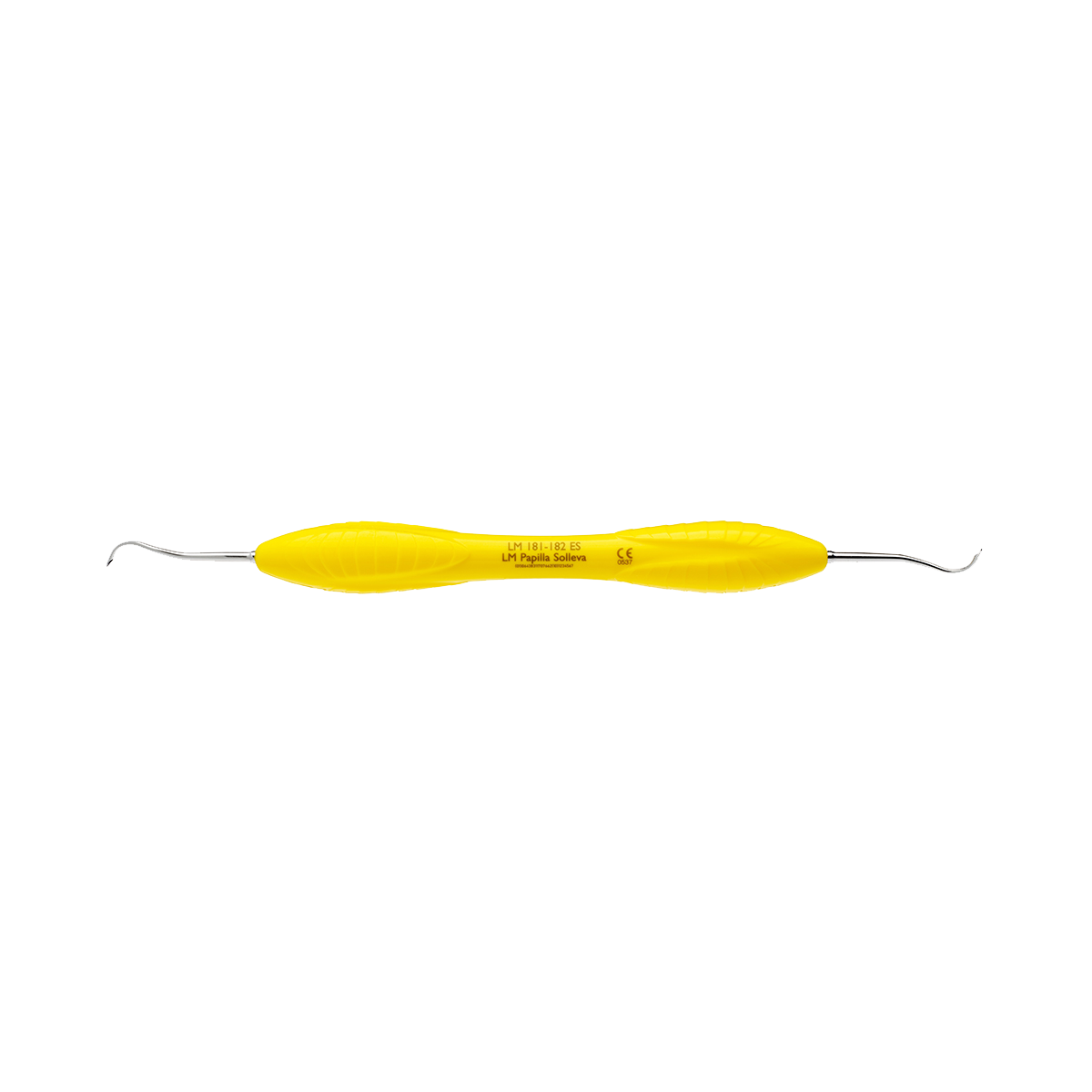 | LM Papilla Solleva is a papilla and periosteal instrument designed to separate and elevate the base of the papilla from the interproximal bone.
|
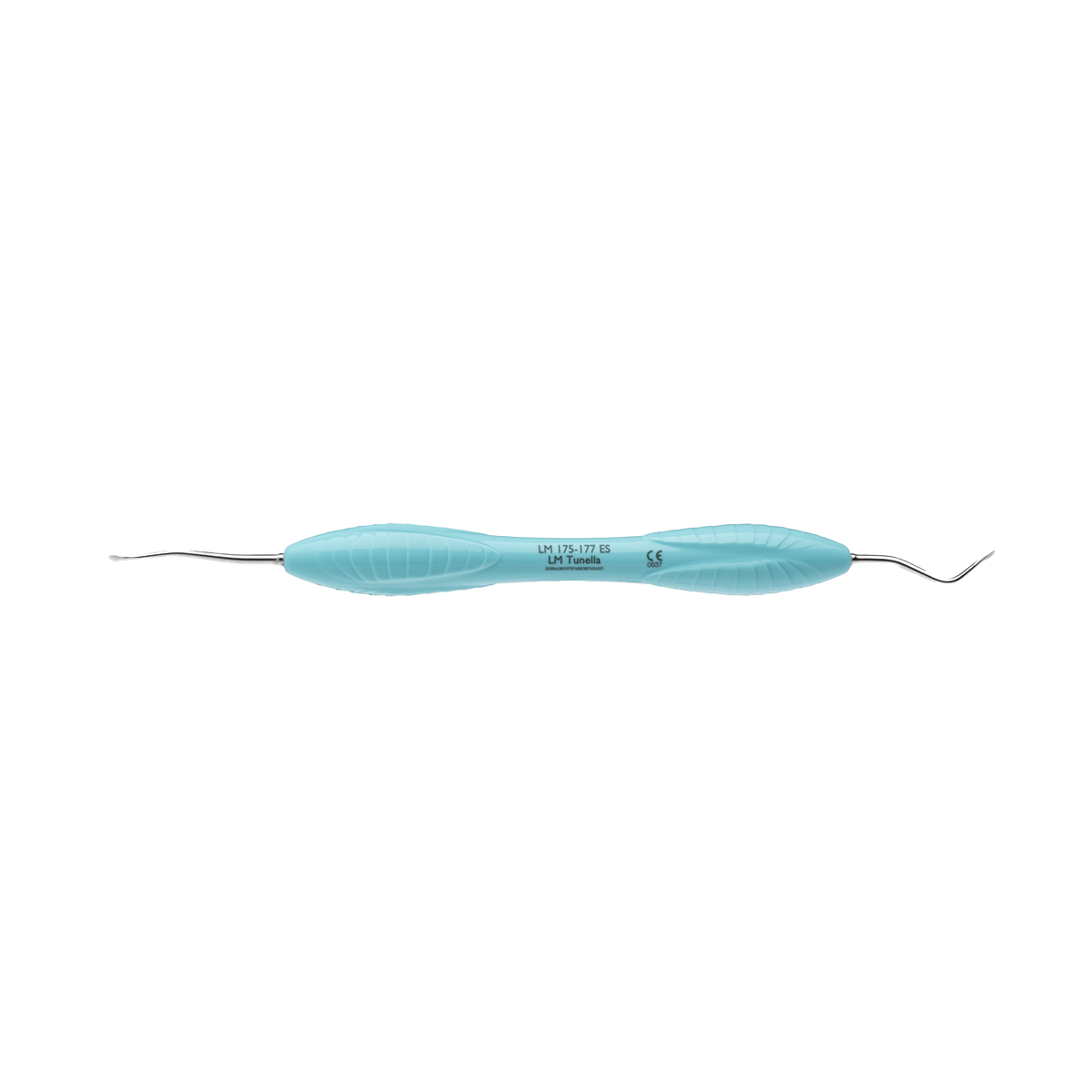 | LM Tunella is a small-sized tunneling knife with two different shank angulations for split-thickness (supra – periosteal) dissections.
|
PROTOCOL FOR GINGIVAL RECESSION TREATMENT
The IETS protocol developed by Dr. Axel Endruhn consists of four steps and four instruments for minimally invasive gingival recession treatment. Named according to the instruments used in its four steps – Inicia, Eleva, Tunella and Solleva – the protocol aims to improve the precision and outcomes of periodontal surgeries. The protocol enhances microsurgery techniques, focusing on patient care and the efficiency of minimally invasive procedures with fewer post-operative challenges.
Image reference: Gazzotti, P. D., & Endruhn, A. (2008). La rehabilitación implanto protésica. Buenos Aires, Argentina: Editorial Providence. |   |
Gingival recession treatment protocol
See below the video for the IETS protocol steps and the use of the instruments in the minimally invasive gingival recession treatment workflow presented by Dr. Axel Endruhn.
The IETS protocol steps and the use of the instruments in the minimally invasive gingival recession treatment workflow presented by Dr. Axel Endruhn.
LM Reprocessing Recommendations Guide - Instruments and Accessories
PROTOCOL FOR GINGIVAL RECESSION TREATMENT
The IETS protocol developed by Dr. Axel Endruhn consists of four steps and four instruments for minimally invasive gingival recession treatment. Named according to the instruments used in its four steps – Inicia, Eleva, Tunella and Solleva – the protocol aims to improve the precision and outcomes of periodontal surgeries. The protocol enhances microsurgery techniques, focusing on patient care and the efficiency of minimally invasive procedures with fewer post-operative challenges.
Image reference: Gazzotti, P. D., & Endruhn, A. (2008). La rehabilitación implanto protésica. Buenos Aires, Argentina: Editorial Providence. |   |
Gingival recession treatment protocol
See below the video for the IETS protocol steps and the use of the instruments in the minimally invasive gingival recession treatment workflow presented by Dr. Axel Endruhn.
The IETS protocol steps and the use of the instruments in the minimally invasive gingival recession treatment workflow presented by Dr. Axel Endruhn.
| How to use LM Coltello - Microsurgical Knife | How to use LM Eleva - Micro Periosteal Elevator | |
| How to use LM Inicia - Intrasulcular Knife | How to use LM Orban Redondo - Microsurgical Knife | |
| How to use LM Papilla Remota - Periosteal and Micro Papilla Elevator | How to use LM Papilla Solleva - Micro Papilla Elevator | |
| How to use LM Tunella - Tunneling Knife |

















